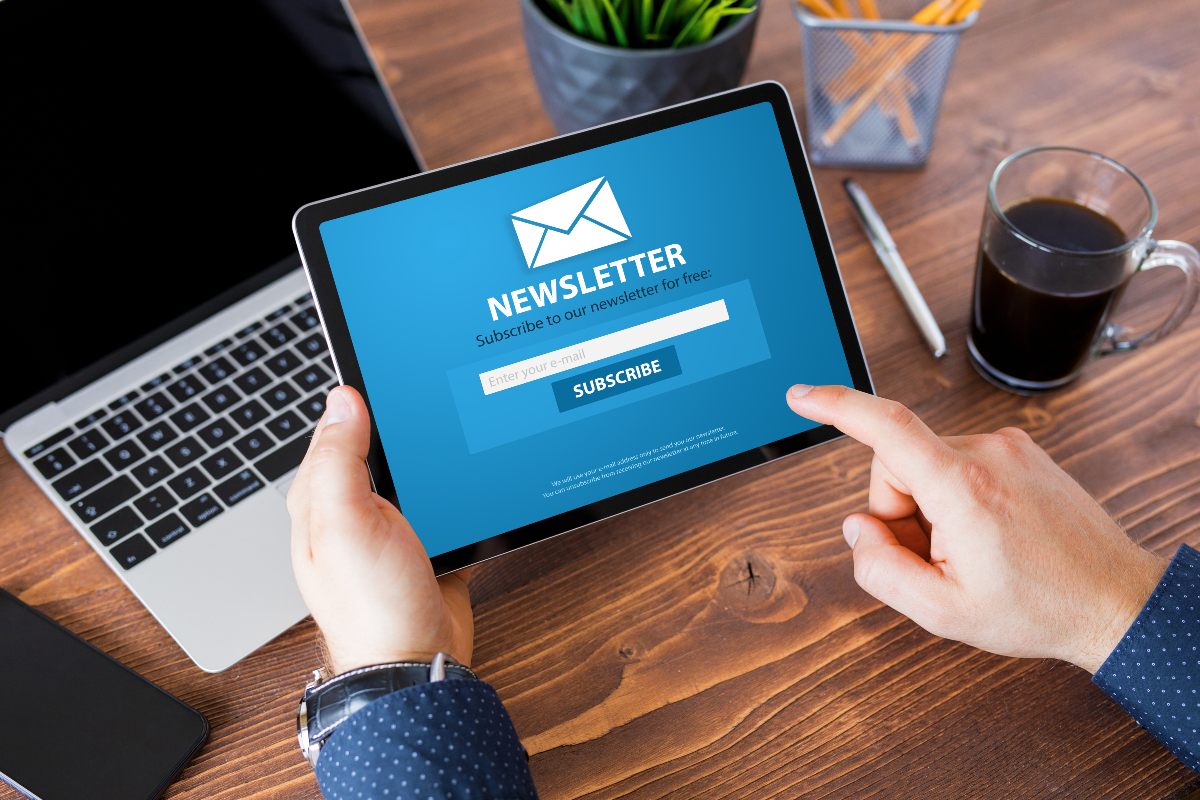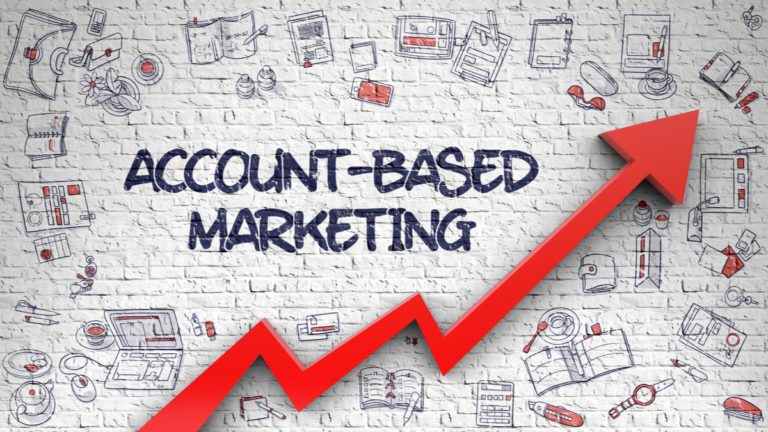A confirmation email can be just as important as a sales email. Companies that know how to leverage this powerful marketing tool can see a boost in customer engagement, conversions, loyalty, and referrals. This article will discuss the different types of confirmation emails, their best practices, and how to set up your own auto-response.
What is a Confirmation Email?
A confirmation email is a transactional email sent to website visitors and clients. It is a vital tool in email marketing campaigns. Its purpose is to verify and confirm a completed action such as placing an order, updating profile information, subscribing to a newsletter, booking tickets, registering for a webinar, and more.

Why Should I Send a Confirmation Email?
The primary reason to send a confirmation email is that consumers have come to expect them. Clients want to ensure that their action, such as placing an order, is acknowledged by the company. For example, a confirmation email builds trust with the consumer by assuring them that their order has been received and is being completed.
To Reassure Your Customers
A lack of confirmation emails can frustrate your customers because they may be uncertain whether their action was completed or not. They might also refrain from doing business or interacting with the company because of the lack of confirmation emails. Like thanking a customer for shopping in a physical store, an email confirmation also acknowledges and thanks your eCommerce clientele.
Powerful Marketing Tool
Confirmation emails are excellent marketing tools for businesses.
- Confirmation emails have higher open and click-through rates than other marketing emails because people anticipate them. The average open rate is 42.5%, and the click-through rate is 18.2%. In contrast, other marketing emails have an average open rate of 20% and click-through rates of 2.5%. Additionally, non-confirmation marketing emails have a higher rate of going to the spam folder.
- Confirmation emails allow you to track quantitative and qualitative data for better engagement. For example, you can better understand how your subject line is performing, your conversion time, and your read time. Moreover, you may also have a better understanding of your revenue per subscriber and subscriber lifetime value.
- Confirmation emails can boost sales with the right call to action (CTA). A well-thought-out call to action can help you upsell or cross-sell related products. This can be done by listing similar product recommendations in order confirmation emails.
- Confirmation emails allow you to stand out from your competitors. Make a great impression by including original and unique templates that show your brand’s personality.
Different Types of Confirmation Emails
Confirmation emails have the same purposes, no matter their types. They aim to acknowledge the customer, inform them about the next steps, and build a relationship. Below are the most popular types of confirmation emails.

Contact Form Auto-Response
This type of email is used to communicate to the individual that a recent form they completed has been received. Contact form auto-responses are a great way to build a relationship with a potential client by acknowledging their action.
Signup Confirmation for New Registrations or Subscriptions
This type of email is sent to the user after they register or subscribe to a service on the company’s website. Typically, these emails are sent to confirm that the client has signed up for a newsletter. Additionally, registration and subscription confirmation emails can also double as welcome emails.
Booking Confirmation
These confirmation emails are meant to ensure the customer that their booking has been secured. Bookings can include a plane ticket, hotel room, restaurant reservation, and more. The purpose of this type of email is to show gratitude to your customer, strengthen your relationship by thanking them for choosing your company, and share details related to their booking.
Confirmation Email Examples
Booking Confirmation Emails
Subject line: Reservation Confirmed
Body: Hi [insert name],
Thank you for making a reservation.
We are thrilled that you will be joining us. If you would like to make any special arrangements or have questions about your reservation, please do not hesitate to contact us at [insert phone number].
[Insert the date and the time of the reservation]
[Insert name]
Confirmation #: ABCD1234
Reservation #: [insert number]
Cancellation Policy
You can cancel your reservation free of charge. We ask you to inform us at least 24 hours in advance. We would also be happy to assist in changing your reservation details.
Questions?
If you have questions about your reservation, contact us at [insert email address] or by calling [insert phone number].
Payment Confirmation or Purchase Confirmation Emails
Subject line: Thank You for Your Order
Body: Thanks for your order [insert name]!
We will let you know when your order ships.
Order details:
Ship to: Bill to:
[Insert address] [Insert address]
Order number: ABCD1234
Tracking number: 1234
Order date: [insert date]
Here is what you will be receiving
[Item 1]
[Item 2]
Shipping Confirmation Emails
Subject line: Your Order is on The Way
Body: Hi [insert name],
We are happy to let you know that your order has been shipped. You can follow the status of your shipment by clicking the button below.
[Button-Track Packaging]
Shipping Address:
[Insert Address]
Items in this shipment:
[Item 1]
[Item 2]
Subscription Confirmation Emails
Subject line: Confirm Your Email to Join Our Newsletter
Body: Confirm your subscription to [insert company name]’s newsletter using the button below.
[button- yes, send me emails from {insert company name}]
If you received this email by mistake, delete it, and you won’t be subscribed.
For questions about this email, please contact [insert email address].
Thank you!
[Insert company name]
What Are the Best Practices?
The text in your confirmation emails will differ depending on the subject. However, no matter what type of confirmation email you send, it is best to include the following practices:

Keep it Short and Clear
When writing a confirmation email, stick to the essential information and keep your text short. Convey your confirmation message as precisely as possible to ensure that the receiver will read it.
Use Branded Template
Branded confirmation emails utilize personalized logos and templates. These types of emails help your customers instantly recognize your company, content, products, and services. It helps create a recognizable presence, stand out from the crowd, and communicate specific messages about your business, its personality, and values.
Be Mobile-Friendly
Studies show that 47% of individuals use a mobile device to check their emails. Ensure that your confirmation emails are mobile-friendly to guarantee a great user experience. Test your emails in advance to make sure that the content is loading quickly and the text is legible.
Include a Strong CTA
Make sure to include a powerful CTA button and simple instructions at the end of your confirmation email. This will guide the user on what to do next, such as inviting them to follow you on social media platforms or offering product recommendations.
How Do I Set Up an Auto-Response Drip?
To set up an auto-response drip, you need to register with email marketing software. Follow these five steps to get started with your auto-response.

Build an Opt-In Email List
The mailing list can help you gather consumer information and connect with them. Doing so allows you to send out newsletters and welcome emails to the correct individuals.
Select Your Email Trigger
Create custom and automated confirmation emails that get triggered when a user takes a specific action. For example, the confirmation email can be triggered when a user submits a form on your website or clicks a link on an email.
Setting up automated emails can be challenging at first. Still, it will save you a lot of time sending personalized messages, nurturing your leads, increasing sales, and communicating with your customers based on an action.
Create Your Emails
After deciding your email trigger, the next step would be to write the content of your confirmation emails. Think about the following aspects of your email:
- The subject line
- The message
- The length of the email
- The tone
Automate the First Email
After writing the content of your first confirmation email, the next step is to automate it based on a specific action. Your email marketing software will take charge of this process based on the specifications you have implemented.
Automate Further Emails Based on Conditions
Having a clear understanding of the performance of each email will help you optimize your auto-response email drip accordingly and evaluate your performance. Setting conditions such as double opt-in provide insight into your new users’ behaviors. Including a confirmation button will also give you a better understanding of how the users are behaving.
For example, if a user has not confirmed their email yet, you can send them a reminder. Likewise, if a user has not opened your first email, you can try a different subject line. Thus, you can adjust your performance to gain more engagement.
Sum Up
A confirmation email is an essential aspect of client communication because it is the most anticipated type of email that users wait to receive. Hence, companies can benefit by sending confirmation emails every time a user interacts with their product or service. Confirmation emails can help to acknowledge the client and build a stronger customer relationship.


